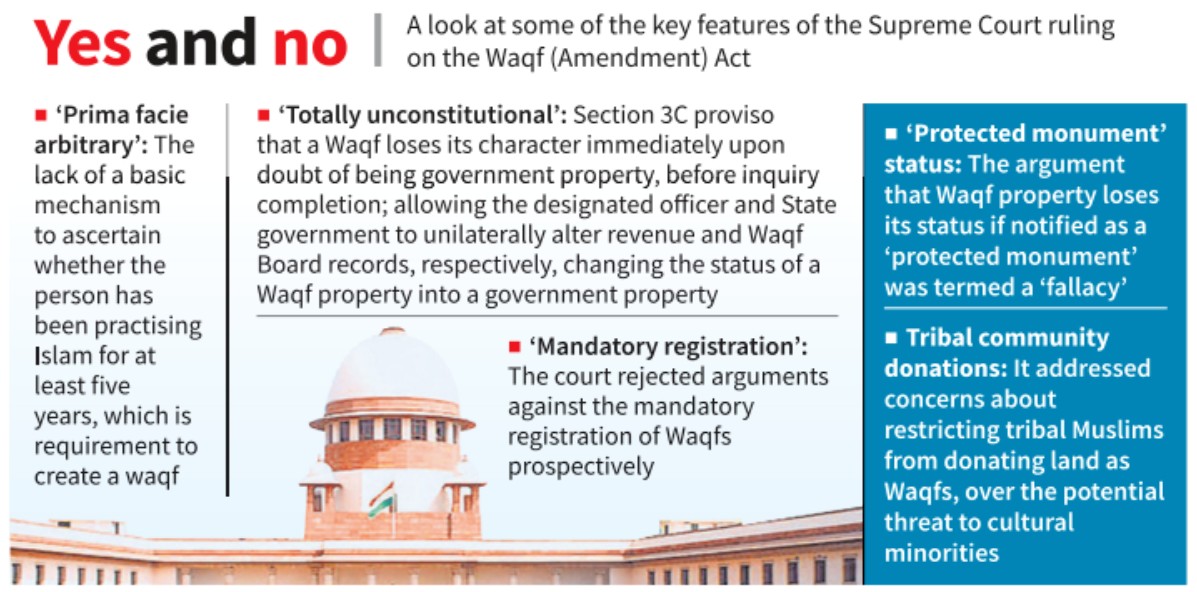Introduction
In India, healthcare financing is still heavily dependent on households directly paying for medical services. This out-of-pocket expenditure (OOPE) often pushes families into a vicious cycle of poverty and ill-health. The National Health Accounts (NHA) claims that OOPE as a share of total health expenditure has sharply declined, from 64% in 2013-14 to 39% in 2021-22. On the surface, this appears to be a major policy success. However, a closer look suggests that these numbers may be misleading, as they rely heavily on a single survey base (NSS 75th round, 2017-18) and ignore the lived realities of health shocks, especially during COVID-19.
Is OOPE in India Really Declining?
- NHA estimates: Show a steep decline in OOPE—from 64% in 2013-14 to 49% in 2017-18, and further to 39% in 2021-22.
- Basis of estimation: The 2017-18 NSS (75th round) forms the primary source, with later estimates extrapolated only for inflation.
- Question of accuracy: The decline may be linked to lower ailment reporting and reduced hospitalisation, not to falling medical costs.
How Do Other Data Sources Contradict NHA?
- Consumer Expenditure Survey (CES) 2022-23: OOPE as share of household consumption rose—from 5.5% to 5.9% in rural areas and 6.9% to 7.1% in urban areas (2011-12 to 2022-23).
- Longitudinal Ageing Study in India (LASI): Shows higher hospitalisation rates among the elderly, contrary to NSS-based decline.
- CPHS-CMIE Data: Reveals a V-shaped trend—steep fall in OOPE during COVID-19 due to under-utilisation, followed by a sharp rise. The NHA completely misses this fluctuation.
- National Income Accounts (NIA): Estimates show a steady rise in household health spending as a share of GDP, contradicting the NHA’s declining trend.
Why Are NHA Estimates Considered Flawed?
- Single-source dependency: NHA depends mainly on the NSS morbidity survey, which underreports ailments.
- Exclusion of COVID-19 impact: No NSS data during the pandemic, leading to an unrealistic secular decline in NHA series.
- Ignoring insurance and premiums: Even after including premiums, NHA still shows a steep, unexplained fall in OOPE.
- Political convenience: Numbers risk being used for policy propaganda without reflecting ground-level hardship.
What Are the Real Consequences of High OOPE?
- Poverty trap: Families borrow, sell assets, or cut consumption, leading to intergenerational poverty.
- Social impacts: Children drop out of school, women work longer hours, households skip meals.
- Rising health costs: Medicine prices and private care charges continue to rise, eroding household savings.
- COVID-19 experience: Families suffered catastrophic costs, which remain invisible in official accounts.
What Is the Way Forward?
- Diversified data sources: Use CES, LASI, CMIE, NFHS, and private medical sales databases alongside NSS.
- Regular, timely surveys: Health rounds of NSS must be more frequent to capture shocks like pandemics.
- Integration with NIA: Align NHA estimates with National Income Accounts for consistency.
- Transparent policymaking: Avoid over-reliance on selective data that paints a rosy picture.
Conclusion
The debate over out-of-pocket health expenditure in India highlights the gulf between official statistics and lived realities. While the National Health Accounts show a sharp decline in OOPE, independent surveys and household-level data point towards rising medical costs and deepening financial distress. Over-reliance on a single survey base not only distorts the picture but also risks misleading health policy. For a country aspiring to achieve Universal Health Coverage, credible, diversified, and transparent data must form the backbone of decision-making. Without this, India risks celebrating statistical success while millions continue to be pushed into poverty and ill-health by catastrophic healthcare expenses.
PYQ Relevance
[UPSC 2021] Besides being a moral imperative of a Welfare State, primary health structure is a necessary precondition for sustainable development. Analyse.
Linkage: The persistence of high out-of-pocket health expenditure (OOPE) despite claims of decline shows the weakness of India’s primary health structure, as families still bear catastrophic costs. A robust primary health system would reduce dependence on expensive hospitalisation and prevent poverty traps. Thus, strengthening primary health care is not just a welfare obligation, but essential for achieving sustainable and inclusive development.
Get an IAS/IPS ranker as your 1: 1 personal mentor for UPSC 2024



![[pib] Swasth Nari, Sashakt Parivar Abhiyaan (SNSPA)](https://d18x2uyjeekruj.cloudfront.net/wp-content/uploads/2025/09/snspa.jpg)




